How William Hill Achieved Success in their Journey to Multi-Cloud
A commonly used term in the sports betting world is handicapper. A handicapper is a person who analyzes sports events to predict the winning team or player. This person (or team) focuses on all the moving pieces in a chaotic or high-stakes environment to make business-critical decisions. Similarly, in managing a multi-cloud environment, organizations have a lot at stake, and they must make crucial operational choices for the sake of security and the end-user experience. Having the ability to spot challenges in advance when moving through a multi-cloud journey will make the difference between success and failure. We’re going to look at three of the key multi-cloud challenges organizations face, as well as a real-life customer success story, William Hill, and how they overcame some of their biggest obstacles in their quest for multi-cloud success.
3 Roadblocks to Multi-Cloud
Regardless of where your organization started, there are three primary challenges you will likely face in moving to multi-cloud. To begin, every cloud is different in the way that it operates. This creates issues when it comes to connecting services across different cloud environments. Second, each cloud has its own methods and APIs when it comes to securing workloads. Thus, the process can lose consistency when different clouds are trying to communicate with one another. Lastly, providing a winning end-user experience requires strong observability within a multi-cloud environment. If that doesn’t exist, the bread and butter of your enterprise is at stake.
So, how do you move past these roadblocks?
There are three must-haves to keep in mind — and to keep you calm, cool, and collected when facing Continue reading
Making Exascale Accessible To Everyone
Paid Post Intel has been at the forefront of democratizing high performance computing (HPC) for the past three decades, and the HPC leader is taking its efforts up several more notches with the Aurora exascale HPC and AI supercomputer being designed and built by Intel and Hewlett Packard Enterprise for Argonne National Laboratory. …
Making Exascale Accessible To Everyone was written by David Gordon at The Next Platform.
Cloudflare Pages Goes Full Stack
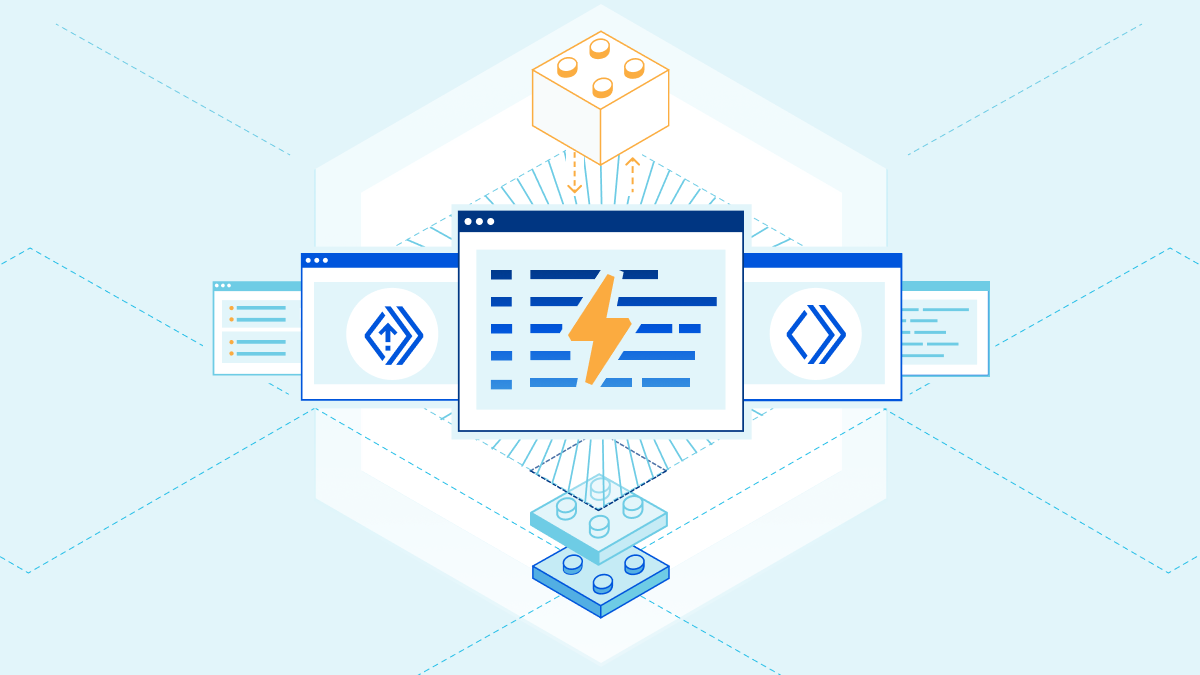
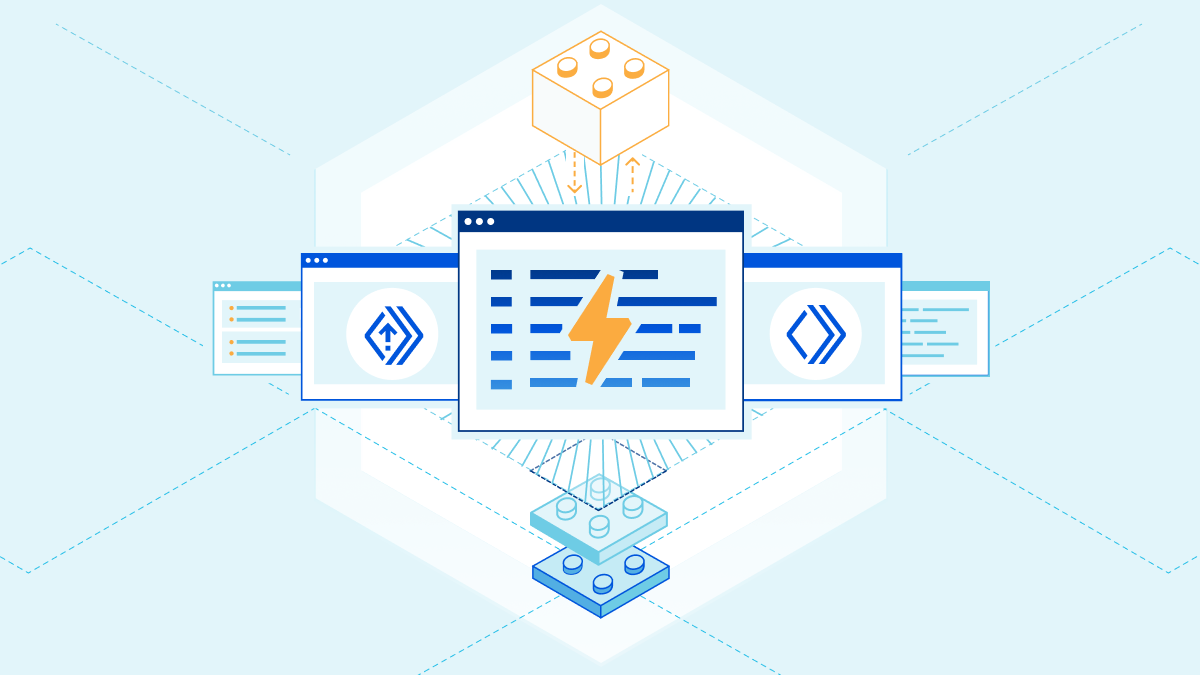
When we announced Cloudflare Pages as generally available in April, we promised you it was just the beginning. The journey of our platform started with support for static sites with small bits of dynamic functionality like setting redirects and custom headers. But we wanted to give even more power to you and your teams to begin building the unimaginable. We envisioned a future where your entire application — frontend, APIs, storage, data — could all be deployed with a single commit, easily testable in staging and requiring a single merge to deploy to production. So in the spirit of “Full Stack” Week, we’re bringing you the tools to do just that.
Welcome to the future, everyone. We’re thrilled to announce that Pages is now a Full Stack platform with help from But how? It works the exact same way Pages always has: write your code, Cloudflare Workers provides a serverless execution environment that allows you to create entirely new applications or augment existing ones without configuring or maintaining infrastructure. Before today, it was possible to connect Workers to a Pages project—installing Wrangler and manually deploying a Worker by writing your app in both Pages and Workers. But we didn’t just want “possible”, we wanted something that came as second nature to you so you wouldn’t have to think twice about adding dynamic functionality to your site. By using your repo’s filesystem convention and exporting one or more function handlers, Pages can leverage Workers to deploy serverless functions on your behalf. To begin, simply add a If you perform a Under the hood, Pages generates Workers which include all your routing and functionality from the source. Functions supports deeply-nested routes, wildcard matching, middleware for things like authentication and error-handling, and more! To demonstrate all of its bells and whistles, we’ve created a blog post to walk through an example full stack application. As your site grows in complexity, with Pages’ new full stack functionality, your developer experience doesn’t have to. You can enjoy the workflow you know and love while unlocking even more depth to your site. In the same way we’ve handled builds and deployments with your static sites — with a `git commit` and `git push` — we’ll deploy your functions for you automatically. As long as your directory follows the proper structure, Pages will identify and deploy your functions to our network with your site. While bringing your Workers to Pages, bindings are a big part of what makes your application a full stack application. We’re so excited to bring to Pages all the bindings you’ve previously used with regular Workers! With the deployment of your serverless functions, you can still enjoy the ease of collaboration and testing like you did previously. Before you deploy to production, you can easily deploy your project to a preview environment to stage your changes. Even with your functions, Pages lets you keep a version history of every commit with a unique URL for each, making it easy to gather feedback whether it’s from a fellow developer, PM, designer or marketer! You can also enjoy the same infinite staging privileges that you did for static sites, with a consistent URL for the latest changes. However, we realize that building and deploying with every small change just to stage your changes can be cumbersome at times if you’re iterating quickly. You can now develop full stack Pages applications with the latest release of our wrangler CLI. Backed by Miniflare, you can run your entire application locally with support for mocked secrets, environment variables, and KV (Durable Objects support coming soon!). Point wrangler at a directory of static assets, or seamlessly connect to your existing tools: This is just the beginning of Pages' integrations with wrangler. Stay tuned as we continue to enhance your developer experience. Everything you can do with HTTP Workers today! When deploying a Pages application with functions, Pages is compiling and deploying first class Workers on your behalf. This means there is zero functionality loss when deploying a Worker within your Pages application — instead, there are only new benefits to be gained! SvelteKit is a web framework for building Svelte applications. It’s built and maintained by the Svelte team, which makes it the Svelte user’s go-to solution for all their application needs. Out of the box, SvelteKit allows users to build projects with complex API backends. As of today, SvelteKit projects can attach and configure the You are now able to intercept any request that comes into your Pages project. This means that you can define Workers logic that will receive incoming URLs and, instead of serving static HTML, your Worker can render fresh HTML responses with dynamic data. For example, an application with a product page can define a single If you already have a single Worker and want to bring it right on over to Pages to reap the developer experience benefits of our platform, our announcement today also enables you to do precisely that. Your build can generate an ES module Worker called We’re thrilled to be releasing our open beta today for everyone to try at no additional cost to your Cloudflare plan. While we will still have limits in place, we are using this open beta period to learn more about how you and your teams are deploying functions with your Pages projects. For the time being, we encourage you to lean into your creativity and build out that site you’ve been thinking about for a long time — without the worry of getting billed. In just a few short months, when we announce General Availability, you can expect our billing to reflect that of the Workers Bundled plan — after all, these are just Workers under the hood! As we’re only announcing this release as an open beta, we have some really exciting things planned for the coming weeks and months. We want to improve on the quick and easy Pages developer experience that you're already familiar with by adding support for integrated logging and more analytics for your deployed functions. Beyond that, we'll be expanding our first-class support for the next generation of frontend frameworks. As we've shown with SvelteKit, Pages' ability to seamlessly deploy both static and dynamic code together enables unbeatable end-user performance & developer ease, and we're excited to unlock that for more people. Fans of similar frameworks & technologies, such as NextJS, NuxtJS, React Server Components, Remix, Hydrogen, etc., stay tuned to this blog for more announcements. Or better yet, come join us and help make it happen! Additionally, as we’ve done with SvelteKit, we’re looking to include more first-class integration with existing frameworks, so Pages can become the primary home for your preferred frameworks of choice. Work is underway on making NextJS, NuxtJS, React Server Components, Shopify Hydrogen and more integrate seamlessly as you develop your full stack apps. Finally, we’re working to speed up those build times, so you can focus on pushing changes and iterating quickly — without the wait! To get started head over to our Pages docs and check out our demo blog to learn more about how to deploy serverless functions to Pages using Cloudflare Workers. Of course, what we love most is seeing what you build! Pop into our Discord and show us how you’re using Pages to build your full stack apps.git push to your git provider (now supporting GitLab!) and we’ll deploy your entire site for you. The only difference is, it won’t just be your frontend but your backend too using Cloudflare Workers to help deploy serverless functions.The integration you’ve been waiting for
How it works
./functions directory in the root of your project, and inside a JavaScript or TypeScript file, export a function handler. For example, let’s say in your ./functions directory, you have a file, hello.js, containing:// GET requests to /filename would return "Hello, world!"
export const onRequestGet = () => {
return new Response("Hello, world!")
}
// POST requests to /filename with a JSON-encoded body would return "Hello, <name>!"
export const onRequestPost = async ({ request }) => {
const { name } = await request.json()
return new Response(`Hello, ${name}!`)
}
git commit, it will trigger a new Pages build to deploy your dynamic site! During the build pipeline, Pages traverses your directory, mapping the filenames to URLs relative to your repo structure.Letting you do what you do best
Seamlessly build
Define your bindings
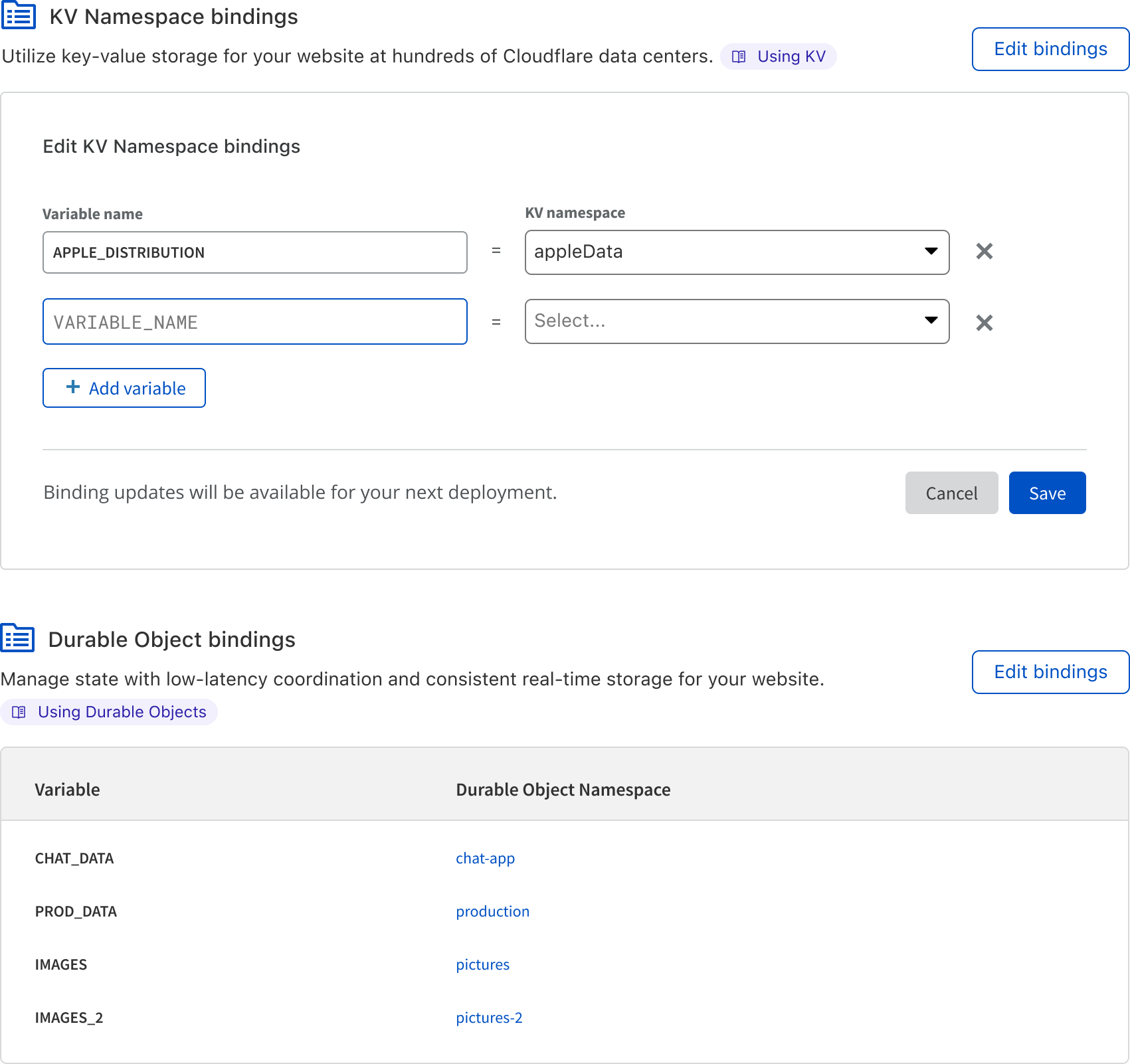
Preview deployments — now for your backend too
Develop and preview locally too
# Install wrangler v2 beta
npm install wrangler@beta
# Serve a folder of static assets
npx wrangler pages dev ./dist
# Or automatically proxy your existing tools
npx wrangler pages dev -- npx react-scripts start
What else can you do?
Integrate with SvelteKit — out of the box!
@sveltejs/adapter-cloudflare package. After doing this, the project can be added to Pages and is ready for its first deployment! With Pages, your SvelteKit project(s) can deploy with API endpoints and full server-side rendering support. Better yet, the entire project — including the API endpoints — can enjoy the benefits of preview deployments, too! This, even on its own, is a huge victory for advanced projects that were previously on the Workers adapter. Check out this example to see the SvelteKit adapter for Pages in action!Use server-side rendering
product/[id].js file that will receive the id parameter, retrieve the product information from a Workers KV binding, and then generate an HTML response for that page. Compared to a static-site generator approach, this is more succinct and easier to maintain over time since you do not need to build a static HTML page per product at build-time… which may potentially be tens or even hundreds of thousands of pages!Already have a Worker? We’ve got you!
_worker.js in the output directory of your project, perform your git commands to deploy, and we’ll take care of the rest! This can be especially advantageous to you if you’re a framework author or have a more complex use case that doesn’t follow our provided file structure.Try it at no cost — for a limited time only
Coming up…
Getting started

Developer Spotlight: Chris Coyier, CodePen

Chris Coyier has been building on the web for over 15 years. Chris made his mark on the web development world with CSS-Tricks in 2007, one of the web's leading publications for frontend and full-stack developers.
In 2012, Chris co-founded CodePen, which is an online code editor that lives in the browser and allows developers to collaborate and share code examples written in HTML, CSS, and JavaScript.
Due to the nature of CodePen — namely, hosting code and an incredibly popular embedding feature, allowing developers to share their CodePen “pens” around the world — any sort of optimization can have a massive impact on CodePen’s business. Increasingly, CodePen relies on the ability to both execute code and store data on Cloudflare’s network as a first stop for those optimizations. As Chris puts it, CodePen uses Cloudflare Workers for "so many things":
"We pull content from an external CMS and use Workers to manipulate HTML before it arrives to the user's browser. For example, we fetch the original page, fetch the content, then stitch them together for a full response."
Workers allows you to work with responses directly using the native Request/Response classes and, with the addition of our Continue reading
Building a full stack application with Cloudflare Pages


We were so excited to announce support for full stack applications in Cloudflare Pages that we knew we had to show it off in a big way. We've built a sample image-sharing platform to demonstrate how you can add serverless functions right from within Pages with help from Cloudflare Workers. With just one new file to your project, you can add dynamic rendering, interact with other APIs, and persist data with KV and Durable Objects. The possibilities for full-stack applications, in combination with Pages' quick development cycles and unlimited preview environments, gives you the power to create almost any application.
Today, we're walking through our example image-sharing platform. We want to be able to share pictures with friends while still also keeping some images private. We'll build a JSON API with Functions (storing data on KV and Durable Objects), integrate with Cloudflare Images and Cloudflare Access, and use React for our front end.
If you're wanting to dive right into the good stuff, our demo instance is published here, and the code is on GitHub, but stick around for a more gentle approach.
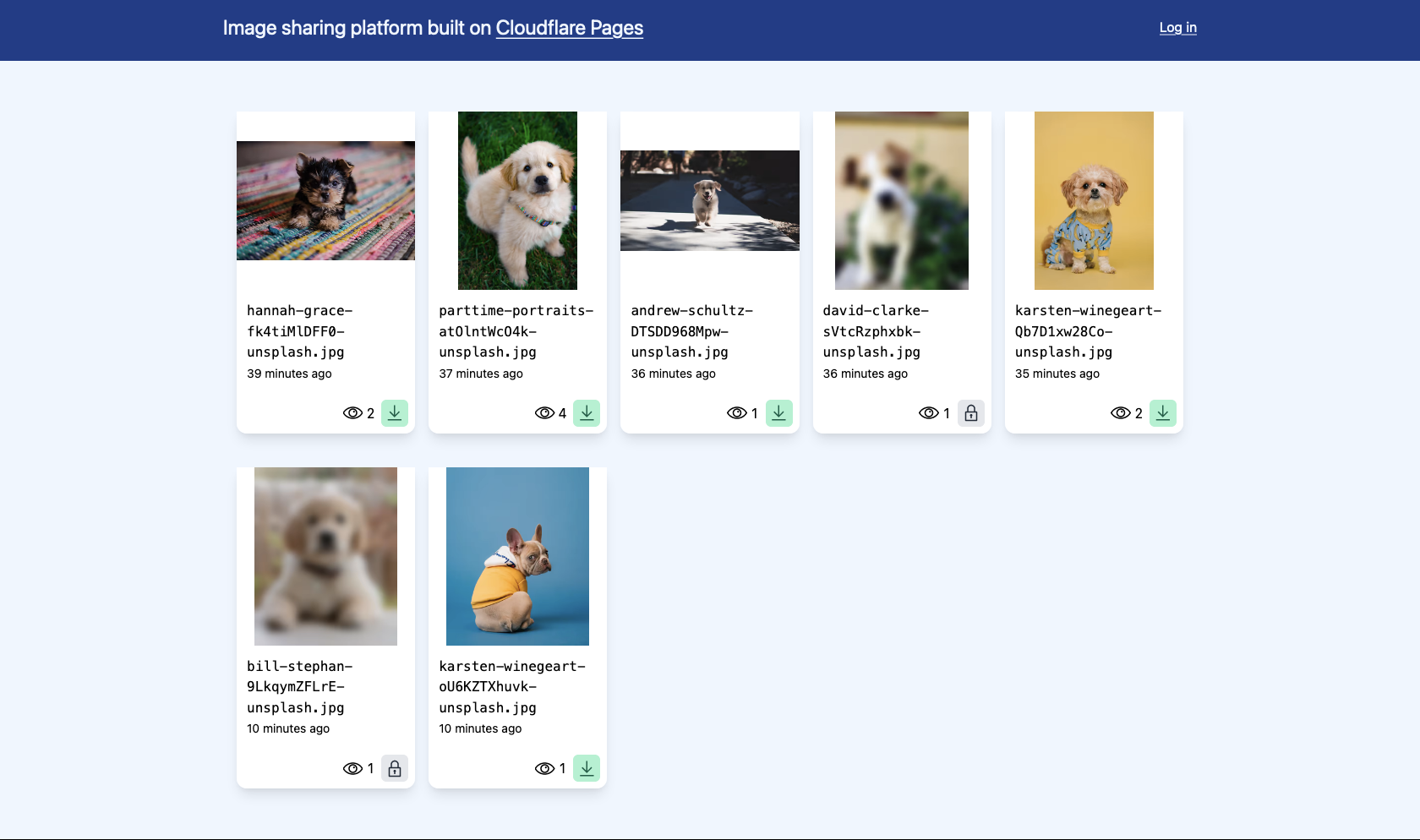
Building serverless functions with Cloudflare Pages
File-based routing
If you're not already familiar, Cloudflare Pages Continue reading
Cloudflare Pages now partners with your favorite CMS
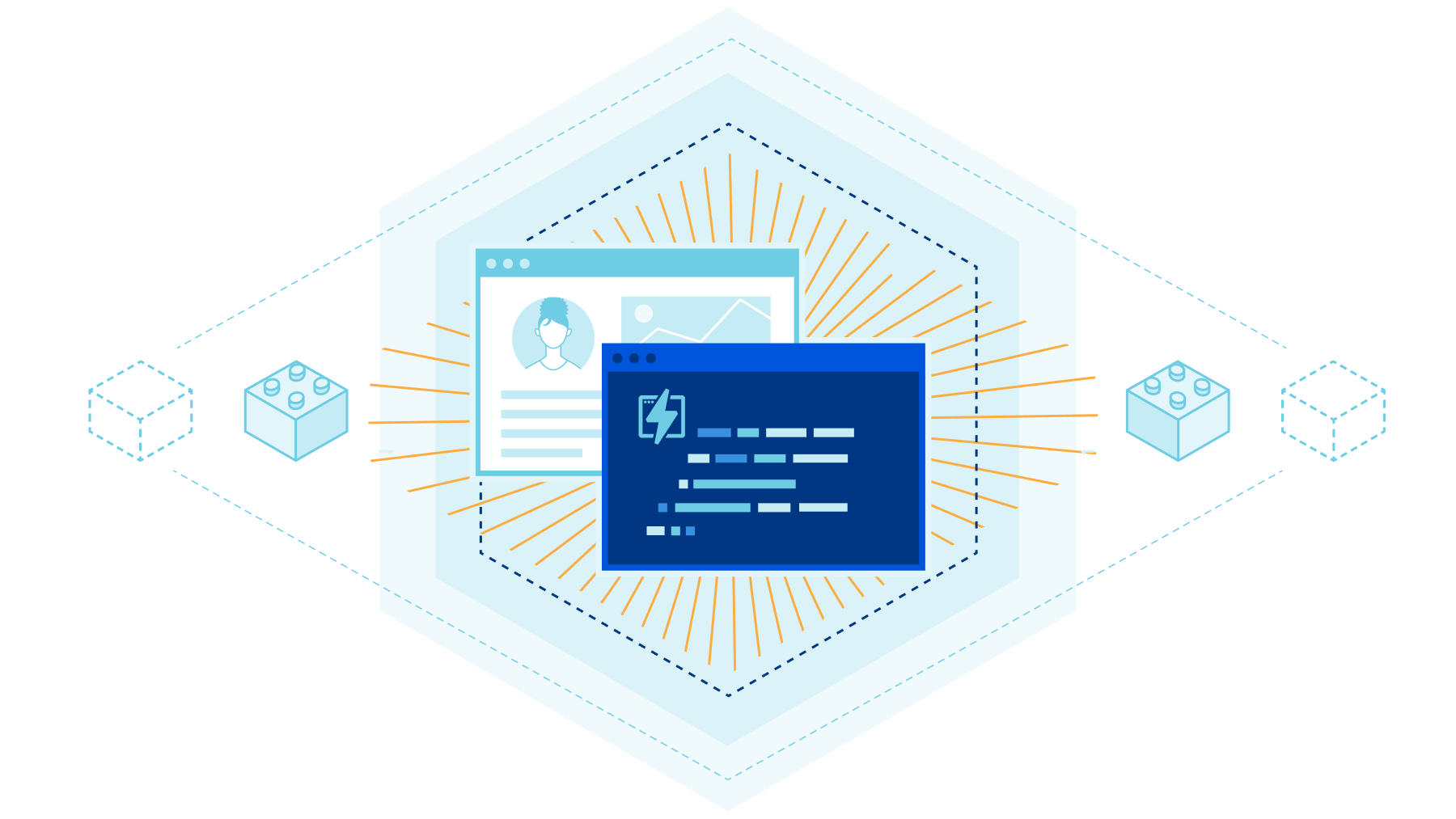
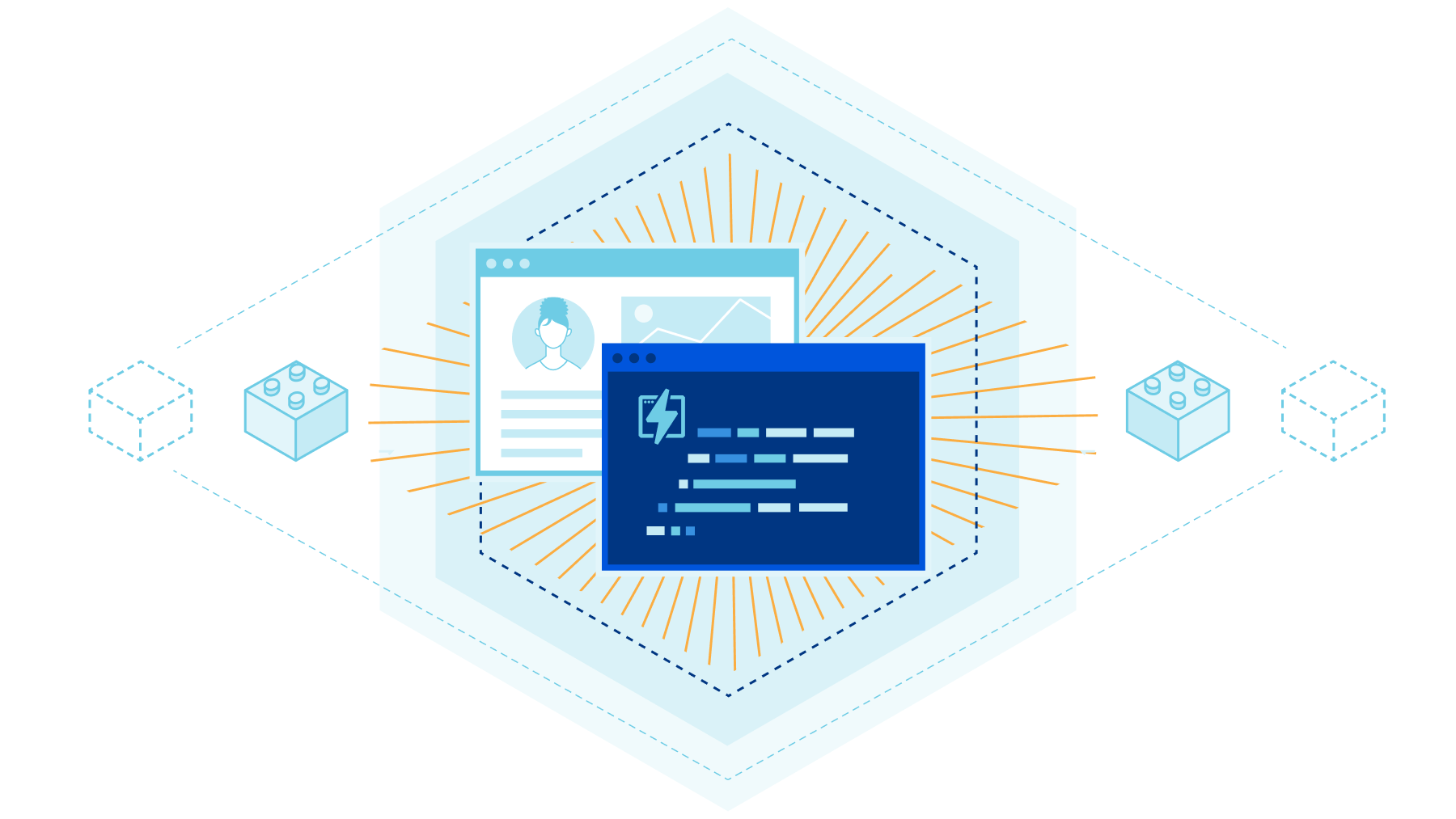
Interest in headless CMSes has seen spectacular growth over the past few years with many businesses looking to adopt the tooling. As audiences consume content through new interfaces taking different forms — smartphones, wearables, personal devices — the idea of decoupling content with its backend begins to provide a better experience both for developing teams and end users. Because of this, we believe there are and will be more opportunities in the future to utilize headless CMSes which is why today, we’re thrilled to announce our partnerships with Sanity and Strapi and also share existing integrations with Contentful and WordPress — all your favorite CMS providers.
A little on headless CMSes
Headless CMSes are one of the most common API integrations we’ve seen so far among you and your teams — whether it’s for your marketing site, blog or e-commerce site. It provides your teams the ability to input the contents of your site through a user-friendly interface and store them in a database, so that updates can easily be made to your site without touching the code base. As a Jamstack platform, a big part of our roadmap is understanding how we can build our own tools or provide Continue reading
Cloudflare Pages now offers GitLab support

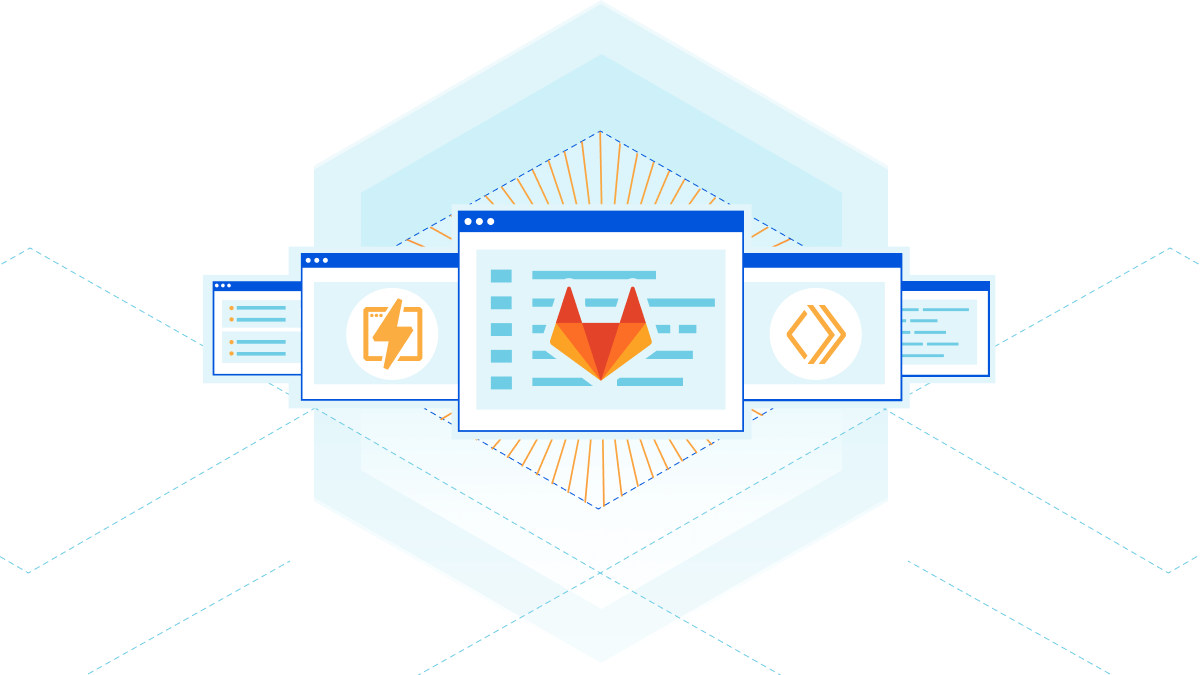
In the early stages of our ideation of Pages, we set out to build a platform with a smooth developer experience that integrates seamlessly with your existing workflow. However, after announcing Pages’ general availability, we realized our platform may not actually be usable by every developer. Before today, only those of you who used GitHub as your source code management tool could take advantage of the Pages experience.
As part of Full Stack Week, we’re opening the doors of our platform to even more users by announcing our integration with GitLab — the DevOps platform! You can now create new Pages projects by connecting your repos stored on GitLab and make site changes there via your usual git commands. And what’s more? We’re also launching an official partnership with GitLab to bring you even better integrations with the git provider in the months to come.
Why GitLab?
As a Jamstack platform, our goal is to enable you, the developer, to focus on what you do best — code, code, code — without the heavy lifting! Not only does this mean giving you all the tools you need to build out a full stack site but also provide you with Continue reading
Anycast Works Just Fine with MPLS/LDP
I stumbled upon an article praising the beauties of SR-MPLS that claimed:
Yet MPLS, until recently, was deprived of anycast routing. This is because MPLS is not a pure packet switching technology, but has a control plane based on virtual circuit switching.
My first reaction was “that’s not how MPLS works,”1 followed by “that would be fun to test” a few seconds later.
Anycast Works Just Fine with MPLS/LDP
I stumbled upon an article praising the beauties of SR-MPLS that claimed:
Yet MPLS, until recently, was deprived of anycast routing. This is because MPLS is not a pure packet switching technology, but has a control plane based on virtual circuit switching.
My first reaction was “that’s not how MPLS works,"1 followed by “that would be fun to test” a few seconds later.
ML Models – Random Notes 1
As always been interested to explore technology, Machine Learning has been in my mind for quite some time now. The pre-requisites to know or get into ML have always been associated with a Ph.D. Degree, High-end mathematics, and obviously a ton of understanding around software engineering. As the platform and technology evolved ease of learning machine learning is becoming more and more approachable for most people.
I tried to understand ML and implemented a few models before using different frameworks. I have started with Tensorflow in my free time and then took some internal training and each training had each frame work, initially, it was Apache MXNet, later it was Pytorch, my head was both in the right place and not in the right place I should say, I prefer widely a practical approach to things and was trying to deploy few models from everyday scenarios that am around, I focussed mostly on getting the model deployment with the platform/framework while I have pushed the technicalities for later part of the study which usually works for me, this time as this is not a full-time profession nor I have any intentions to get into this as a full-time ML Continue reading
Too Good To Be View!
This post focuses exclusively on a set of various Views, which are HTML pages that present to stakeholders a the network state PostgreSQL data in business-ready documents. The goal here is quite simple: to capture, transform, and present network state (traditionally consumed via standard CLI output) to whoever needs it, in whatever format they need it in.
The post Too Good To Be View! appeared first on Packet Pushers.
Nvidia CEO On Competition, Software, And The Omniverse
All of the great technologists live in the future and then they bring it back to us with the help of countless engineers who derive the specifications from their vision and make ideas into reality and, ultimately, into money to repeat the process again. …
Nvidia CEO On Competition, Software, And The Omniverse was written by Timothy Prickett Morgan at The Next Platform.